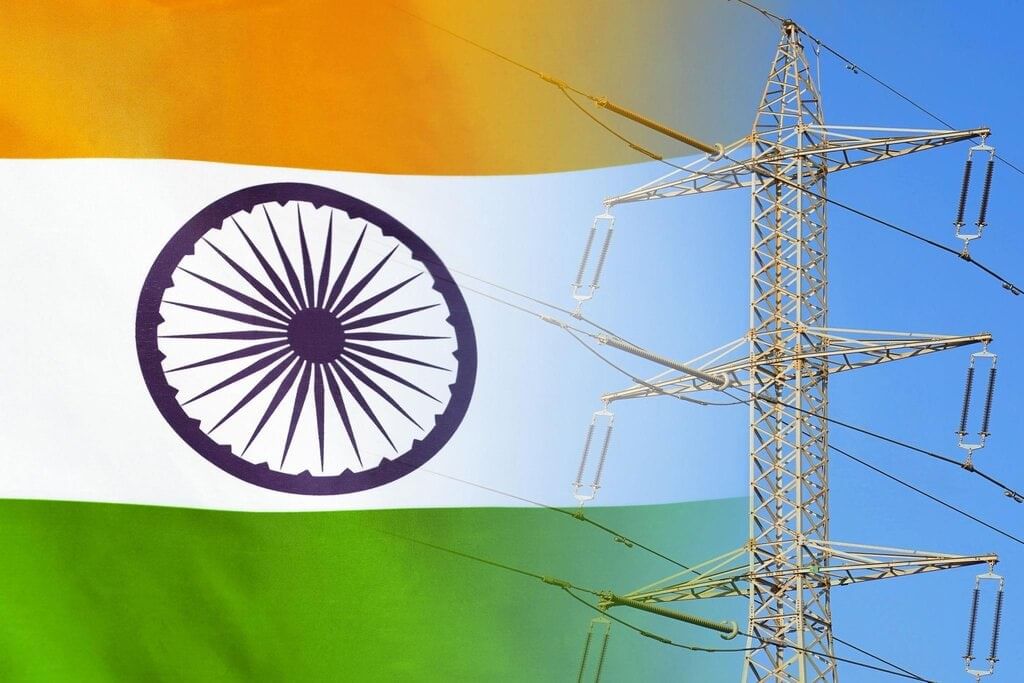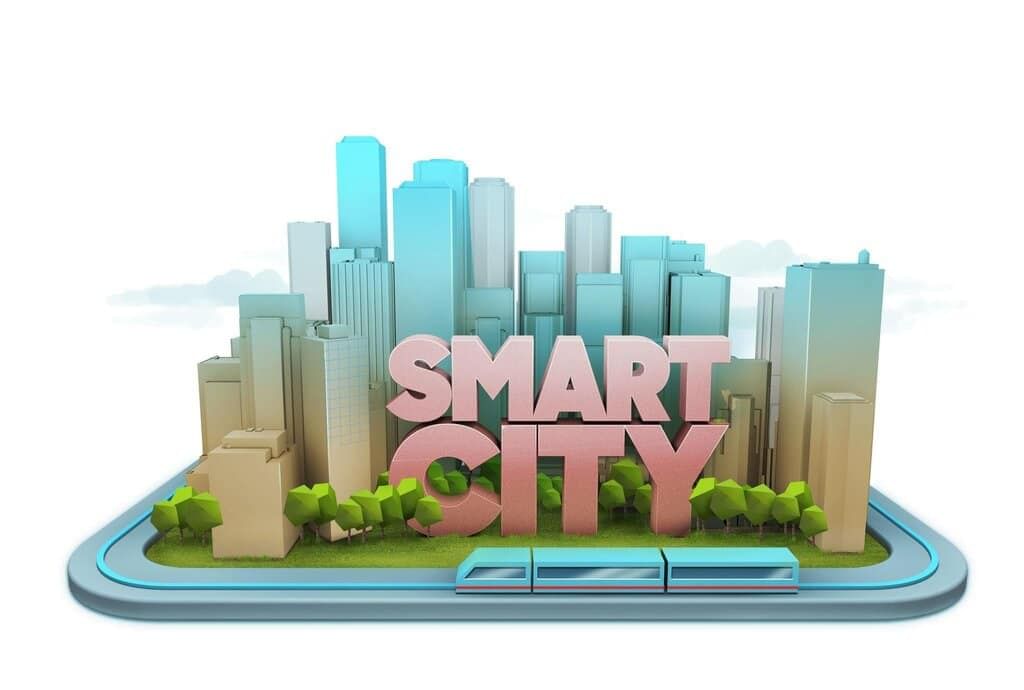UPSC Exam > UPSC Notes > PIB (Press Information Bureau) Summary > PIB Summary - 11th June 2025
PIB Summary - 11th June 2025 | PIB (Press Information Bureau) Summary - UPSC PDF Download
India successfully met peak power demand of 241 GW on 9th June, 2025 with zero peak shortage: Shri Manohar Lal

India’s Power Sector Transformation
- Peak Power Demand Met with Zero Shortage: On June 9, 2025, India achieved a peak power demand of 241 gigawatts (GW) without any shortage, showcasing the strength and reliability of its grid infrastructure. This milestone indicates India's shift towards becoming a power-surplus nation.
- Historic 34 GW Generation Capacity Added in FY 2024-25: India added a record 34 GW of power generation capacity in the fiscal year 2024-25, with 29.5 GW coming from renewable sources. This brought the total installed power capacity to 472.5 GW, up from 249 GW in 2014, reflecting the government's commitment to clean energy and infrastructure development.
- Push for Battery Storage: 30 GWh VGF Scheme: The government approved a ₹5,400 crore Viability Gap Funding (VGF) scheme to support 30 GWh of Battery Energy Storage Systems (BESS). This initiative aims to stimulate ₹33,000 crore in private investments and aligns with India's goal to meet BESS requirements by 2028.
- ISTS Waiver Extended for Storage Projects: The waiver on Inter-State Transmission System (ISTS) charges for Pumped Storage Projects (PSPs) and BESS has been extended to June 30, 2028. This move encourages the quicker deployment of cost-effective storage infrastructure.
- Ultra High Voltage AC Transmission by 2034: The rollout of the Ultra High Voltage (UHV) AC Transmission System aims to modernize India's grid with an investment of ₹53,000 crore. The plan includes the installation of nine 1100 kV lines and ten substations, with testing facilities being developed by the Central Power Research Institute.
- Increased Compensation for Transmission Infrastructure: Compensation for land under transmission towers has been increased from 85% to 200%, and the Right of Way (RoW) corridor compensation has been raised from 15% to 30%. These new guidelines, issued on March 21, 2025, and already adopted by states like Haryana and Delhi, will facilitate land acquisition and reduce project delays.
- Private Investments in State Transmission Grids Encouraged: The Late Payment Surcharge (LPS) Rules now apply to Intra-State Transmission Systems, promoting private sector involvement and improving payment discipline. This supports the integration of renewable energy at the state level.
- 250 MW Tehri Pumped Storage Project Operational: The first unit of the 250 MW Tehri Pumped Storage Project in Uttarakhand has been commissioned, enhancing grid flexibility by managing peak loads and supporting renewable energy integration.
- Record Low Energy Shortages: As of April 2025, the national energy shortage has plummeted to 0.1%, a significant improvement from 4.2% in 2013-14. This reduction reflects the effectiveness of power reforms and capacity expansions in both generation and transmission sectors.
Key Takeaways
- India is progressing towards being energy-secure and power-surplus, driven by substantial renewable energy integration, grid modernization, and expansion of energy storage capabilities.
- The current decade's power policy is characterized by a strong focus on reliability, affordability, and sustainability, aiming to create a robust and future-ready energy infrastructure.
MoHUA issues Advisory for Repurposing of Smart City SPVs

Background: Smart Cities Mission & SPVs
- Smart Cities Mission (SCM) was launched in 2015 with the goal of integrated and technology-driven urban development.
- Under this mission, Special Purpose Vehicles (SPVs) were established in 100 cities to execute various urban projects.
- These SPVs are set up under the Companies Act, 2013 with a 50:50 equity partnership between States/Union Territories (UTs) and Urban Local Bodies (ULBs).
- As of March 2025, SPVs have completed over 8,000 projects with a 93% completion rate and have disbursed nearly ₹48,000 crore.
Proven Institutional Strength of SPVs
- SPVs have demonstrated their ability to deliver complex urban projects efficiently and have contributed to building a skilled urban management workforce.
- They have developed strong capacities in project planning, execution, and innovation, proving their institutional strength.
ICCCs as Nerve Centres of Urban Governance
- Integrated Command and Control Centres (ICCCs) have been established in all 100 Smart Cities as part of the Smart Cities Mission.
- These centres play a crucial role in enabling real-time governance by using data analytics for various urban management tasks, including:
- Traffic and crowd management
- Public safety and disaster response
- Solid waste and utility management
MoHUA Advisory: Two-fold Approach
- The Ministry of Housing and Urban Affairs (MoHUA) has recommended a two-fold approach for the future of Smart Cities projects.
- This includes completing the remaining Smart Cities projects with proper operation and maintenance (O&M) planning and repurposing SPVs for future urban governance beyond the mission deadline of 31 March 2025.
Future Role of SPVs – Five Strategic Domains
The future role of Special Purpose Vehicles (SPVs) in urban governance is outlined in five strategic domains:
- Technology Support: SPVs will manage Integrated Command and Control Centres (ICCCs), data systems, and ensure cyber hygiene. ICCCs are expected to evolve into city or state-level operating hubs, providing service-linked revenue for SPVs.
- Project Implementation: SPVs will act as implementing agencies for Central and State schemes, with the authority to charge a project implementation fee ranging from 1.5% to 3%.
- Consulting Support: SPVs will provide technical and strategic advisory services to Urban Local Bodies (ULBs) and government departments.
- Research and Assessment: SPVs will support evidence-based planning and act as urban technology incubation hubs, focusing on logistics, manpower, and research.
- Investment Facilitation: SPVs will drive city-level economic development by structuring projects and coordinating between different agencies.
Financial Sustainability and Autonomy
- States and Union Territories (UTs) are encouraged to allow Special Purpose Vehicles (SPVs) to charge a ‘Centage’ fee for planning and implementing projects.
- This fee structure ensures a steady revenue stream for SPVs, providing them with operational independence and financial sustainability after the conclusion of the Smart Cities Mission.
Integration into Long-Term Governance
- States and Union Territories (UTs) are being urged to integrate Special Purpose Vehicles (SPVs) and Integrated Command and Control Centres (ICCCs) into their long-term urban governance frameworks.
- The objective is to preserve the gains and institutional capacities developed under the Smart Cities Mission for addressing future urban challenges.
Key Takeaway
- India is moving from a mission-based urban reform model to a permanent institutional framework for urban governance.
- Special Purpose Vehicles (SPVs) will play a crucial role as agile and multi-functional engines for next-generation urban transformation, ensuring that the progress made under the Smart Cities Mission is sustained and built upon for future urban challenges.
The document PIB Summary - 11th June 2025 | PIB (Press Information Bureau) Summary - UPSC is a part of the UPSC Course PIB (Press Information Bureau) Summary.
All you need of UPSC at this link: UPSC
FAQs on PIB Summary - 11th June 2025 - PIB (Press Information Bureau) Summary - UPSC
| 1. What does it mean for a country to meet its peak power demand with zero peak shortage? |  |
Ans.Meeting peak power demand with zero peak shortage means that the country was able to generate enough electricity to satisfy the highest level of demand at any given time without experiencing any shortfall. This indicates a robust energy infrastructure and effective management of resources to ensure that all consumers have access to the required electricity.
| 2. How do Smart City SPVs contribute to urban development? |  |
Ans.Smart City Special Purpose Vehicles (SPVs) are established to implement smart city projects aimed at improving urban infrastructure and services. They facilitate public-private partnerships, attract investment, and ensure that urban planning incorporates technology and sustainability, enhancing the quality of life for residents.
| 3. What are the key objectives of the Ministry of Housing and Urban Affairs (MoHUA) in issuing advisories for Smart City SPVs? |  |
Ans.The key objectives of MoHUA's advisories include providing guidance on the effective utilization of resources, promoting innovative urban solutions, ensuring accountability and transparency, and fostering collaboration among various stakeholders to achieve the goals set for smart city initiatives.
| 4. What role does electricity demand forecasting play in power management? |  |
Ans.Electricity demand forecasting is crucial for power management as it helps utilities predict future energy needs based on historical data, trends, and various influencing factors. Accurate forecasting enables better planning and resource allocation, ensuring that supply meets demand effectively, especially during peak periods.
| 5. Why is it significant for India to achieve a zero peak shortage in power supply? |  |
Ans.Achieving zero peak shortage in power supply is significant for India as it enhances energy security, boosts economic growth, and improves the reliability of electricity services. It also reflects positively on the country's ability to meet the needs of a growing population and supports various sectors such as industry, agriculture, and services, ultimately contributing to overall national development.
Related Searches
















